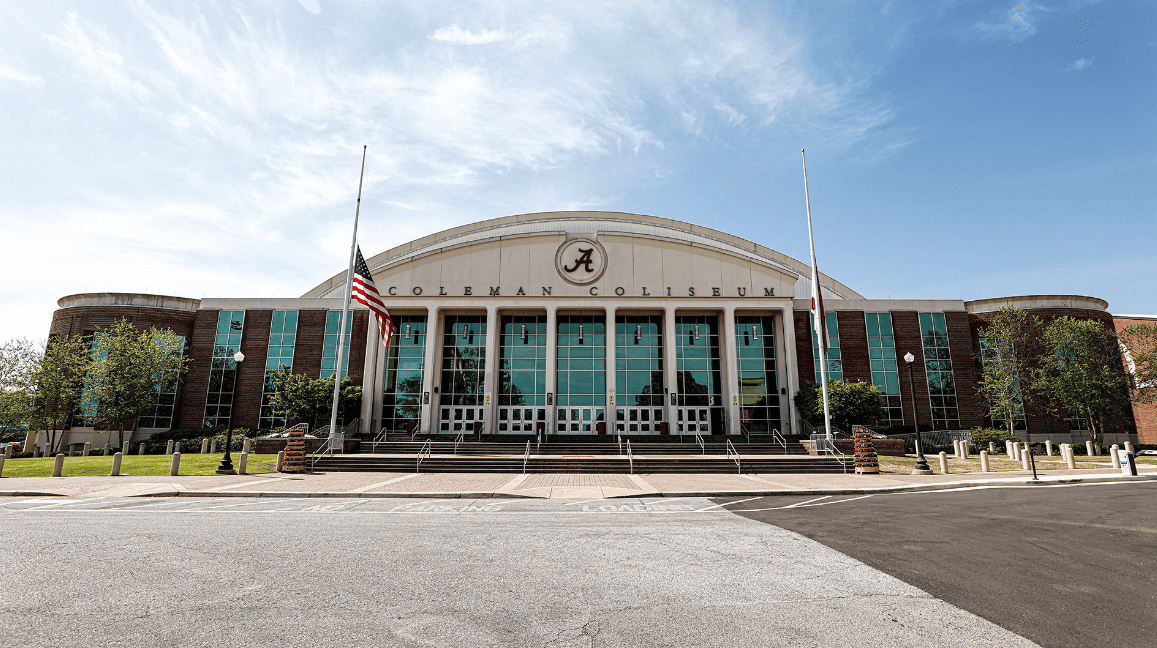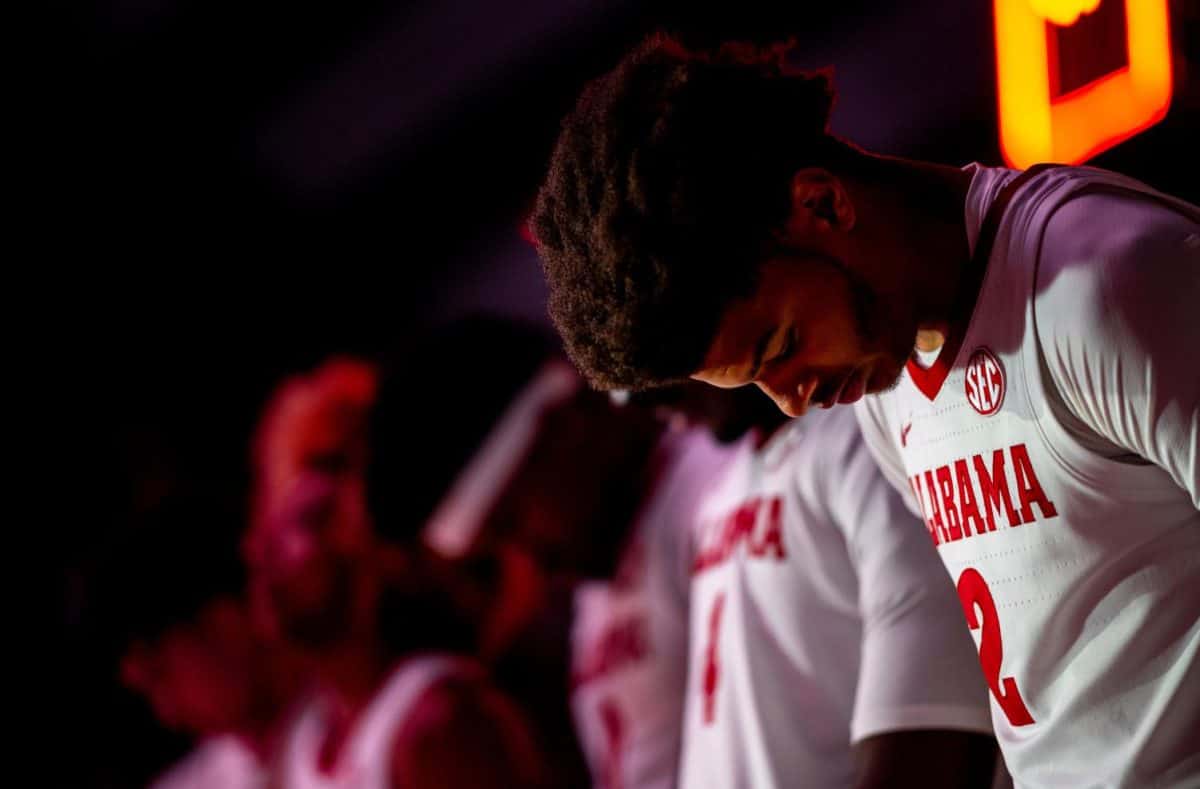The Federal Emergency Management Agency’s first wave of responders is on the ground in areas across Alabama, according to FEMA spokesperson Tim Tyson. The second wave, Tyson said, is currently being scheduled for arrival.
“The Incident Management Assistant Team, the team comprised of a handful of FEMA specialists in logistics, operations, damage assessment, went to work immediately with their state counterparts for a quick assessment of the event,” Tyson said. “That was in under 10 hours after the tornado.”
Tyson said IMATs are deployed to a location determined by the state, and the assessment is done by the air, by the governor and by FEMA administrators. The second wave of FEMA aid, Tyson said, comes when the damage is deemed too great for the state to handle without federal help.
“The next wave will come with the joint field office, which is most likely to be located in the Birmingham area,” Tyson said. He explained that with this wave comes a group of specialists trained to help guide victims through the process of applying for federal assistance. The Individual Assistance specialists fix problems with victims’ applications and direct them to resources for which they may be eligible, like low-interest loans from the United States Small Business Administration or money directly from FEMA.
“Our job is to make sure that everyone who was affected by the disaster knows what it takes to apply for FEMA assistance,” he said. “All this comes in with the second wave. FEMA contract inspectors come out to the [damaged] home, in real-time to update it to the system on a tablet PC…and if your damage is easy to assess, and you have direct deposit bank account, you could have your money from the government in under 72 hours.”
Tyson said that FEMA’s operation will expand in the next few days to include more mobile disaster recovery centers, locations at which Individual Assistance specialists handle victims’ applications and paperwork.
“The initial ones are mobile, located in disaster areas, where people can get to them quickly,” Tyson said. “In the next days—the schedule is being fixed as we speak—there will be many mobile disaster recovery centers across the state.”
Tyson said he couldn’t confirm candidate locations for fixed disaster recovery centers Saturday. Angie Askew, a worker at Five Points Baptist Church in Northport, now designated as a drop-off point for donations to Temporary Emergency Services, said she’s waiting for FEMA to establish a centralized location.
“People need to get there to fill out paperwork and applications,” she said. “I’ve got the means to transport people there.”
Askew said that she had buses from the Baptist Association on standby to bus people to FEMA’s centralized location, once it’s established.
“I’m not a city worker, I’m not a city official,” Askew said between giving out directions to some of the 100-plus volunteers at Five Points Baptist. “I just pulled all this together.”
Tyson said close coordination between everyone was essential with a disaster like this, which he said is on the scale of a hurricane.
“The volunteer agencies are the heroes,” Tyson said. “FEMA’s role is to get people back into some state of normalcy. It’s a tall order…we can’t do that alone.”
Disaster victims in need of assistance with applications for FEMA money should call (800) 621-3362 or go online to www.fema.gov/assistance.






